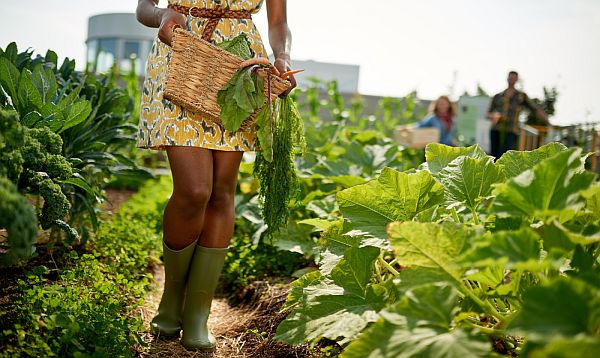Mexico City - Researchers from the UNAM have developed techno soils, a mixture of organic and inorganic waste in order to create urban milpas, a Pre-Hispanic crop-growing system, gardens, and green roofs to revegetate Mexico City and avoid its flooding.
Experts from the Geology Institute have been producing the artificial soils for five years. Currently, they are testing seven types of soils, which were created using organic waste, such as compost from one of the city's plants.
 |
On the other hand, they also use inorganic waste from excavations, constructions and demolitions, such as brick and concrete walls, which are crushed and mixed with the wastes.
In a statement, the UNAM emphasized that they created an inventory of organic and inorganic waste in Mexico City before experimenting with artificial soils for growing corn, beans and squash in an urban milpa.
Blanca Lucía Prado Pano, in collaboration with Lucy Mora Palomino and Víctor Manuel Peña Ramírez, have used the soils to grow ornamental plants like cempasúchil, cactus, and evergreens. They have also grown chiles and tomatoes, and they now know which soils are best for producing the fruit of the tomato plants.
Last year, the experts' urban milpa completed a full cycle, and it will soon complete its second cycle. During the first trial, mixtures of compost with pieces of wood, and vermicompost with pieces of wood were the concoctions that showed the best performance.
However, their organic composition causes them to generate significant amounts of carbon dioxide. Therefore, in the second cycle, they added biochar which has great stability over time. An artificial soil with vermicompost, biochar, demolition waste, and wood chips would be very competitive.
"Preparing soils to grow edible plants is the hardest part. If we can create a significant amount, we can grow any plant we want," said Peña Ramírez.
Therefore, the group is working to develop artificial soils not only to promote urban agriculture, but also to regenerate gardens, build new parks, and rehabilitate polluted areas. "Our goal is to develop techno soils with many uses," said Mora Palomino, head of the Soil Analysis Laboratory.
In major cities, most soils are compacted, as if they were made of concrete; here, the artificial ones can be used to plant native trees and recover some ecological functions, in addition to creating green roofs and turning gray areas green, he explained.
Original article


